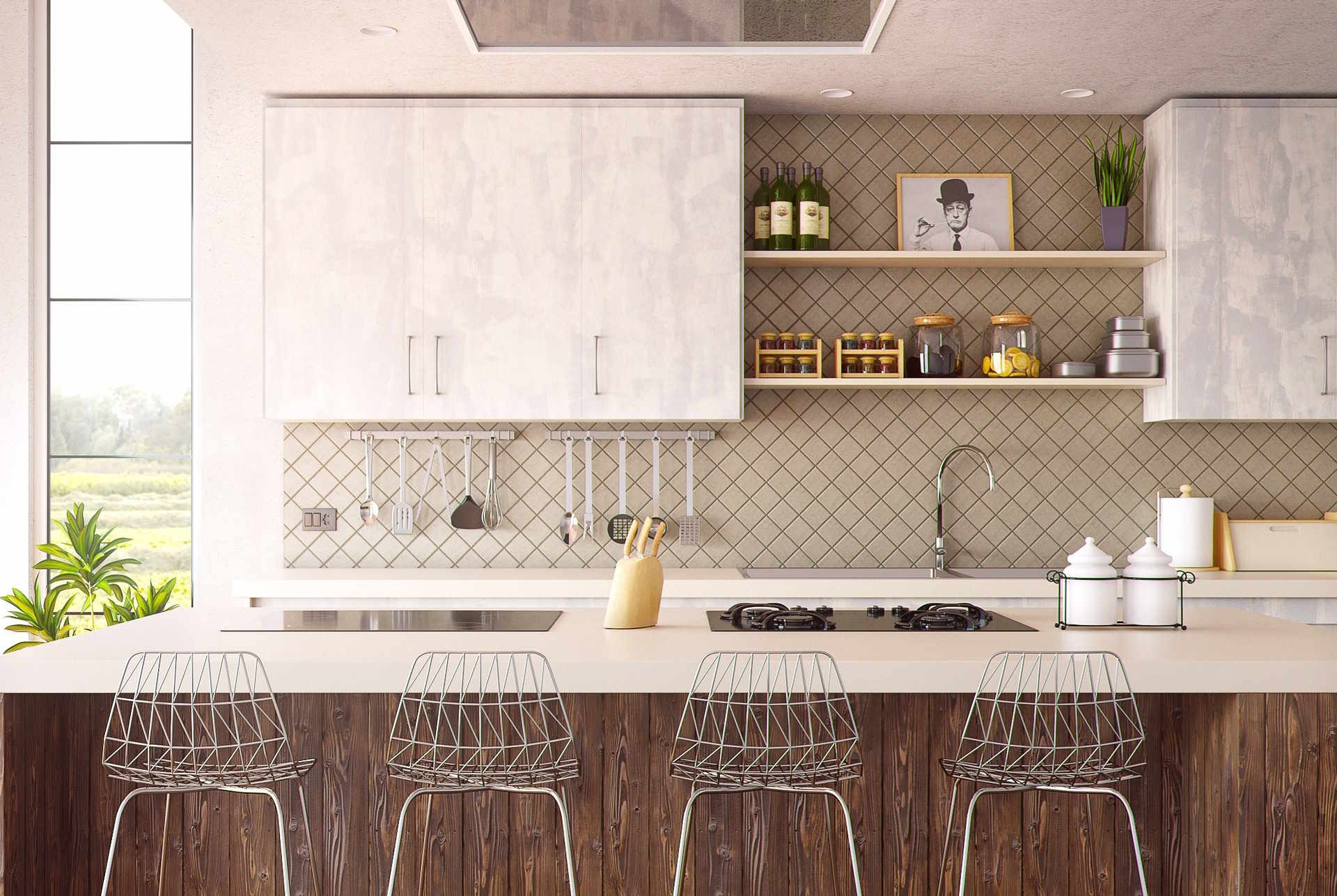Sustainable materials and practices for everyday meal spaces
Designing an everyday meal space with sustainability in mind combines material choices, durable tools, and practical routines. This article outlines how cookware, utensils, tableware, appliances, storage, and cleaning habits contribute to a lower-impact kitchen while supporting efficient mealprep, ergonomic layout, and long-term maintenance.

Creating a meal space that balances daily convenience with sustainability starts with a clear view of materials, use patterns, and upkeep. Thoughtful selection of cookware and utensils, attention to tableware and serving choices, and prioritizing energy-efficient appliances and countertop materials all reduce resource use over time. Practical storage and organization help avoid food waste and make mealprep more efficient, while a comfortable layout and ergonomic choices improve everyday use. Regular cleaning and straightforward maintenance extend the life of items, reducing the need for replacements and lowering the overall environmental footprint of your kitchen.
How to choose sustainable cookware and utensils
Selecting cookware and utensils with sustainability in mind means looking for longevity, repairability, and low-toxicity materials. Cast iron, stainless steel, and heavy-gauge ceramic are durable cookware choices that, if maintained properly, can last for decades. For utensils, opt for stainless steel or certified FSC wood rather than single-use plastics. Consider how items are manufactured and whether they can be recycled or refurbished. Choosing pieces that perform well across many cooking techniques reduces the need for specialized single-use items and supports more sustainable daily cooking routines.
Selecting tableware and serving options
Tableware and serving items should balance aesthetics, durability, and ease of cleaning. Stoneware, tempered glass, and vitrified porcelain resist chipping and can withstand frequent dishwasher use, reducing replacement frequency. For serving, reusable or multi-functional pieces that stack or nest save storage space and cut down on disposable alternatives. When buying new tableware, select neutral, adaptable styles that stay in use longer, and consider secondhand or locally produced options to lower transportation impacts and support circular use of materials.
Energy-efficient appliances and countertop choices
Appliances make a big difference in a kitchen’s environmental footprint. Look for energy-efficient models with clear efficiency ratings, and choose sizes that fit actual household needs to avoid wasted capacity. Countertop materials matter too: recycled-content surfaces, sustainably sourced wood, or long-lasting stone alternatives can be lower-impact than short-lived laminates. Proper placement of appliances—near preparation zones and with good ventilation—reduces energy use during cooking and cleaning, and routine maintenance ensures appliances run efficiently over their lifetimes.
Storage, organization, and mealprep planning
Effective storage and organization systems reduce food waste and streamline mealprep. Airtight, reusable containers in glass or BPA-free materials keep ingredients fresher longer, while clear labeling and a first-in, first-out approach limit spoilage. Open shelving and modular organizers make frequently used items accessible and encourage consistent use of existing cookware and tableware. Planning mealprep around available ingredients and batch-cooking can also minimize single-use packaging and support efficient use of appliances and countertop space.
Layout, ergonomics, and everyday use
A layout that prioritizes ergonomic movement reduces strain and speeds routine tasks. Place heavy cookware near the stove and dishwasher, keep utensils in reachable drawers, and situate appliances to minimize repetitive bending or lifting. Countertop height and clear workspace matter for safe, comfortable mealprep; consider adjustable mats or ergonomic handles on utensils and lids. These changes prolong the usability of both people and products, contributing indirectly to sustainability by lowering the frequency of replacements or avoidable wear.
Cleaning, maintenance, and long-term sustainability
Cleaning and maintenance practices directly affect how long items remain useful. Use mild, appropriate cleaners and avoid harsh chemicals that can degrade finishes on cookware and tableware. Regularly season cast iron, tighten loose handles, and replace small components—like rubber gaskets or filters—rather than discarding whole appliances. Sustainable cleaning products with biodegradable ingredients reduce environmental impact, and predictable maintenance schedules for appliances and countertops keep performance high while avoiding premature replacement.
Conclusion
Incorporating sustainable materials and practices into everyday meal spaces combines smart purchasing, intentional layout, and consistent upkeep. Durable cookware and utensils, reliable tableware and serving pieces, efficient appliances, and organized storage all reduce waste and energy use. Ergonomic design and simple maintenance routines extend the life of items and support easier mealprep, making sustainability a practical part of daily kitchen life.





